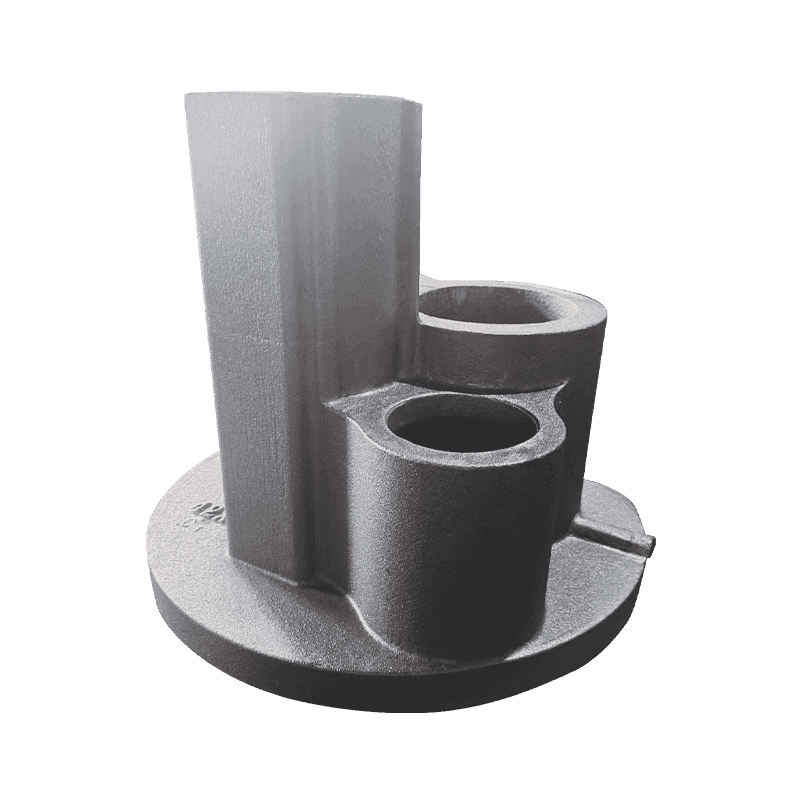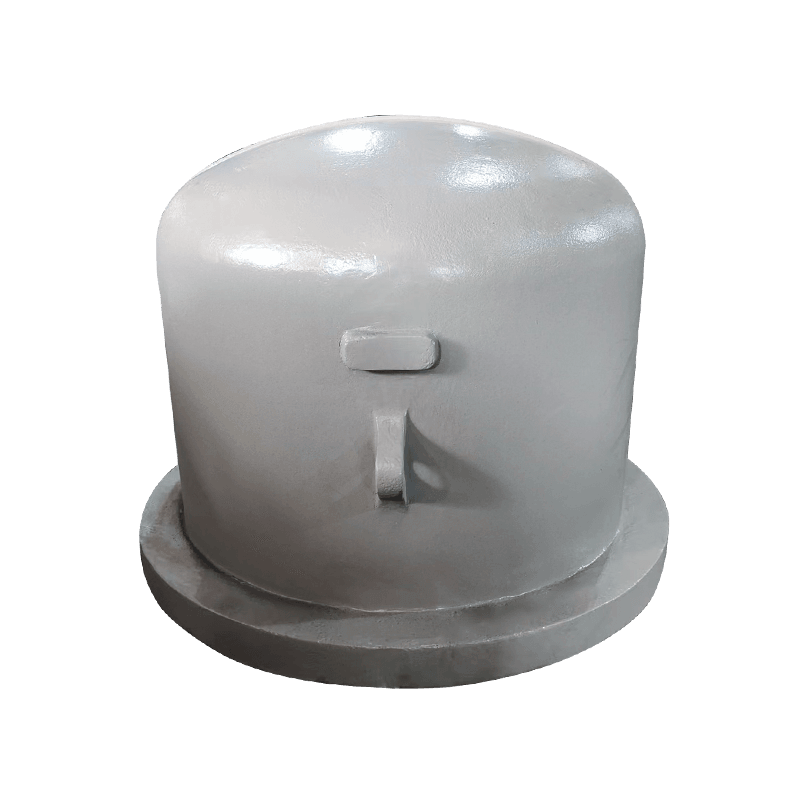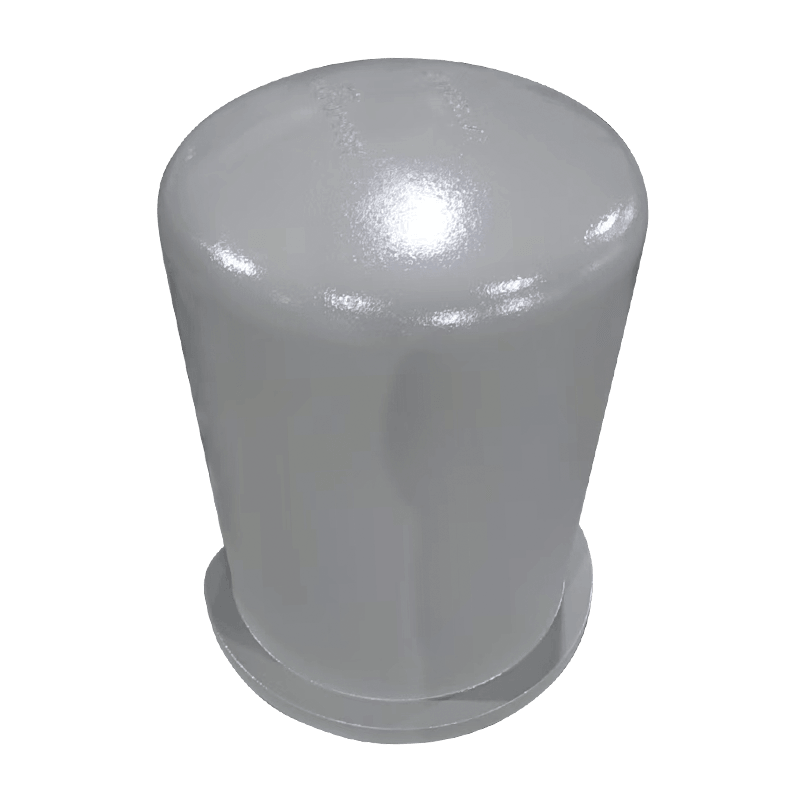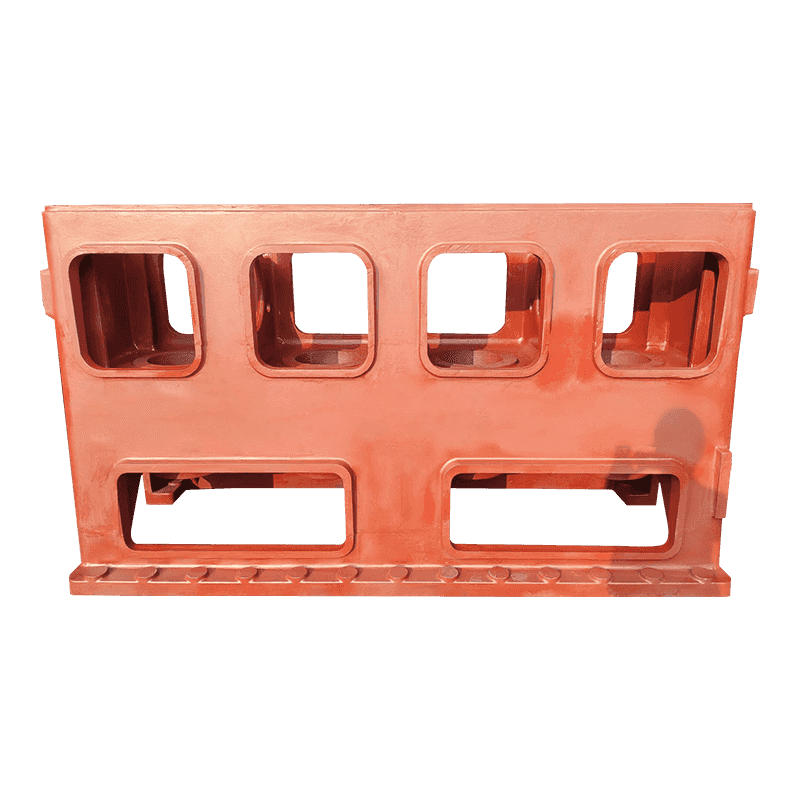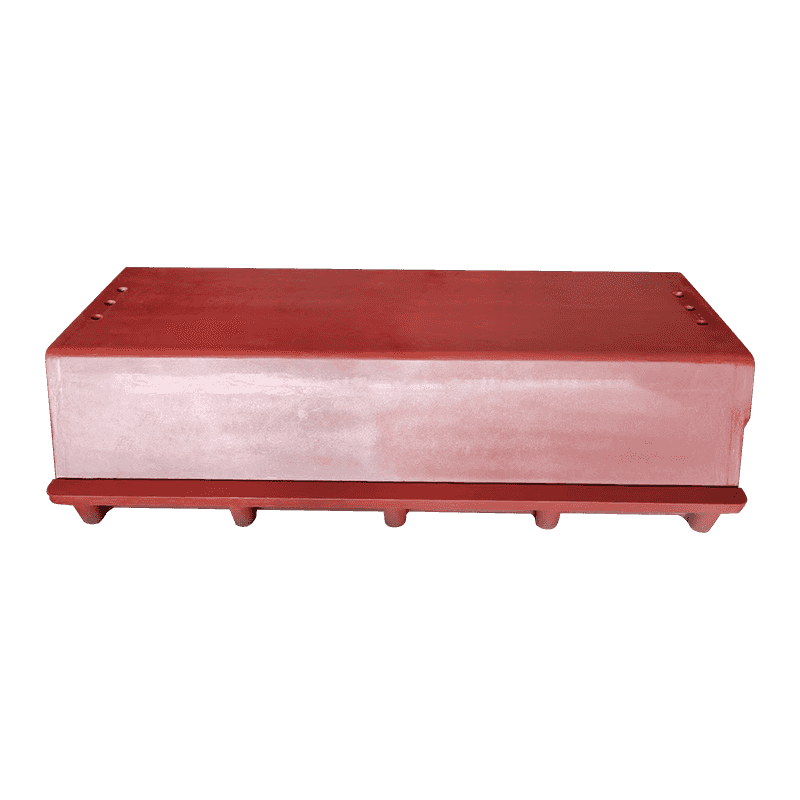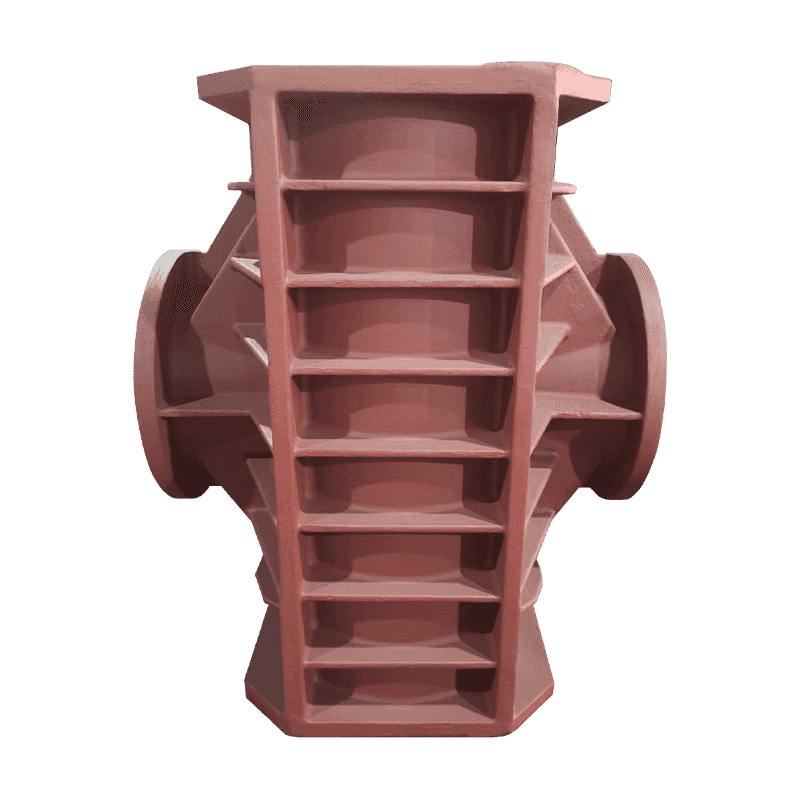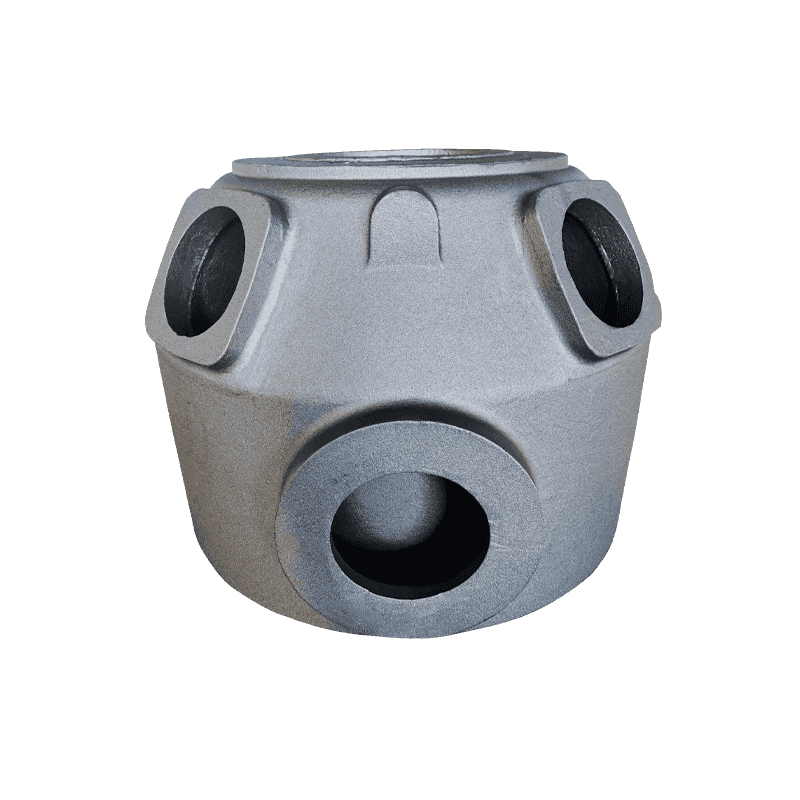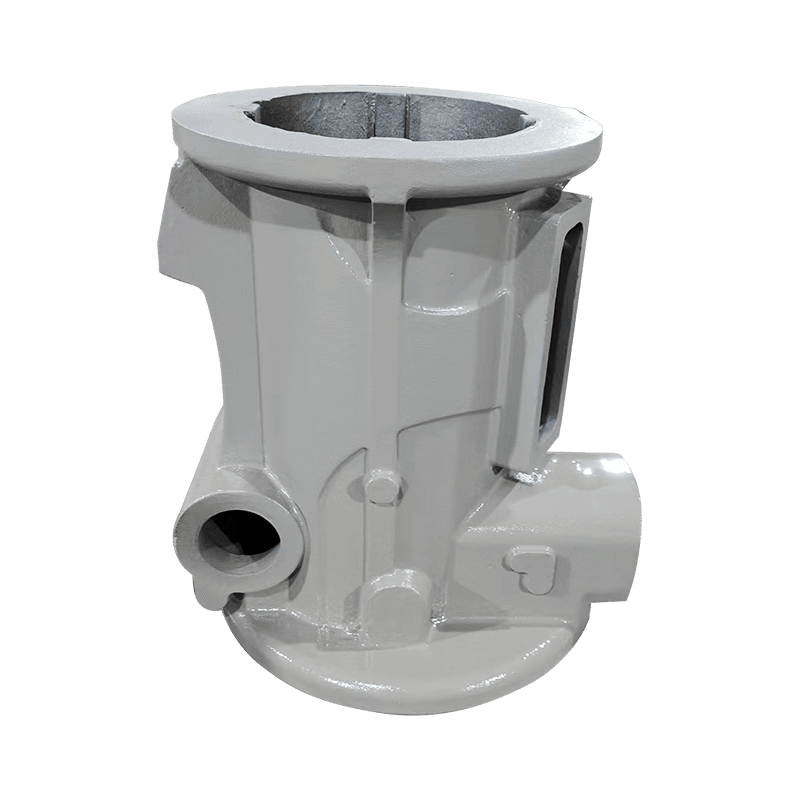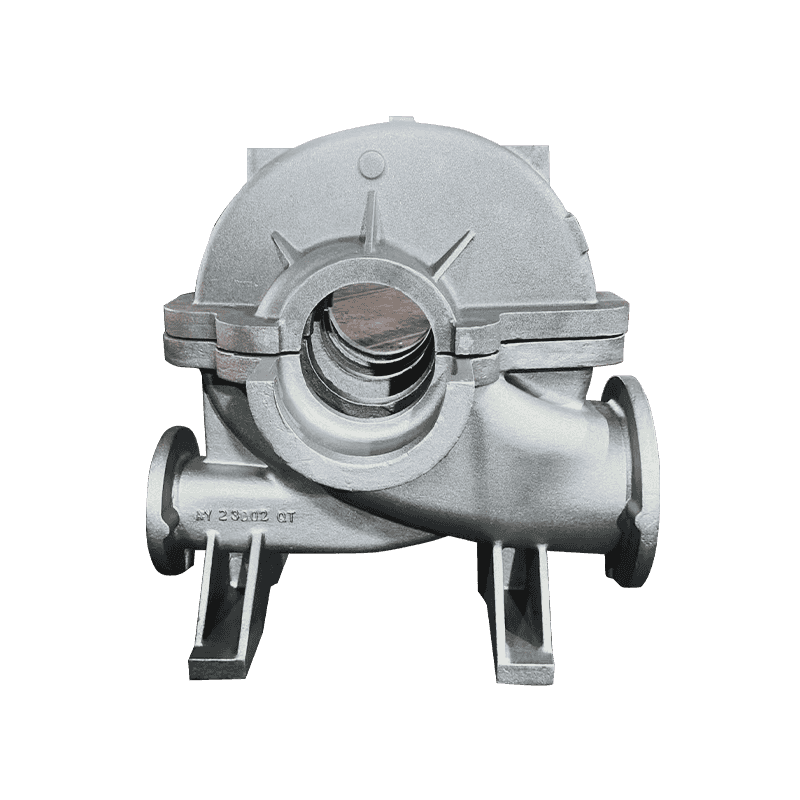1. Design optimization
In terms of design optimization, the efficiency improvement of axial flow pumps involves precise hydraulic calculations and advanced manufacturing technology. As the heart of the pump, the impeller needs to be designed with comprehensive consideration of the dynamic characteristics of the fluid, such as smooth transition of streamlines, precise control of blade angles, and reasonable layout of the number of blades. This usually requires numerical simulation using computational fluid dynamics (CFD) software to predict and optimize the flow path of water in the impeller, reduce adverse phenomena such as vortex and backflow, and maximize energy conversion efficiency. In addition, the design of the guide vanes is also crucial. They need to accurately guide the water flow, reduce the turbulence and energy loss of the water flow, and ensure that the water flow can flow out smoothly along the axial direction. The shape and size of the pump body also need to be carefully designed to reduce the friction and resistance between the fluid and the pump body, and further improve the overall efficiency of the pump.
2. Adjustment of operating conditions
Adjustment of operating conditions is one of the important means to improve the efficiency of axial flow pumps. First of all, the speed should be adjusted according to actual needs. Too high a speed may cause the water flow to be too fast and increase hydraulic losses; while too low a speed cannot meet the flow requirements. Therefore, by adjusting the speed of the motor, an optimal working point can be found so that the pump can operate in a state that meets the flow requirements and maintains high efficiency. Secondly, the control of the inlet and outlet water level difference is also key. Excessive water level difference will increase the resistance of water flow in the pump body and reduce efficiency. Therefore, when designing and arranging the pump station, the inlet and outlet water level difference should be minimized to reduce the water flow resistance. Finally, it is also essential to ensure that the direction of water flow is consistent with the design direction of the pump. Any deviation may lead to reduced efficiency or even damage to the pump body.
3. Maintenance
Maintenance is essential to maintain the efficient operation of axial flow pumps. First of all, regular cleaning is essential, because the pump is prone to inhale debris and silt during operation, which will block the flow channel and affect the efficiency of water flow. Therefore, the pump body, impeller, guide vane and other components should be cleaned regularly to ensure that they are unobstructed. Secondly, the replacement of worn parts is also one of the key points of maintenance work. As the running time increases, the parts in the pump will gradually wear out, resulting in a decrease in efficiency. Therefore, the wear of these parts should be checked regularly, and the severely worn parts should be replaced in time to restore the performance of the pump. Finally, for parts that need lubrication (such as bearings), lubricating oil should be added or replaced regularly to reduce friction loss and wear and extend the service life of the parts. At the same time, attention should also be paid to the operating status of the pump to promptly detect and deal with potential problems to avoid failures.

